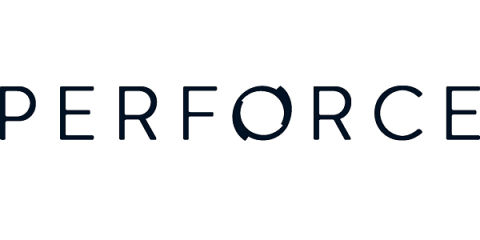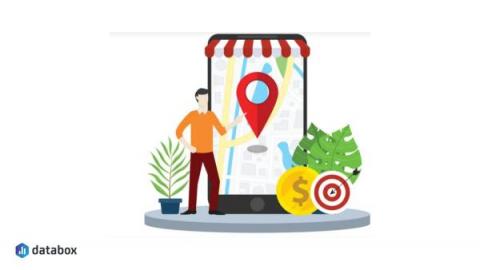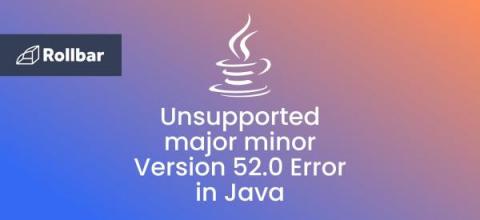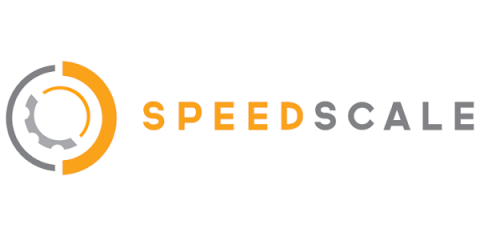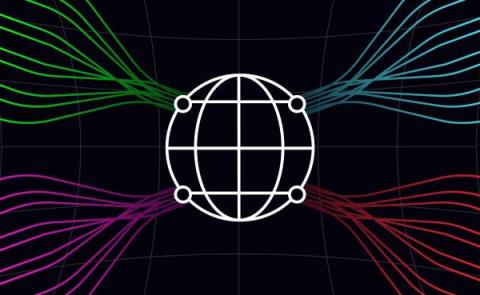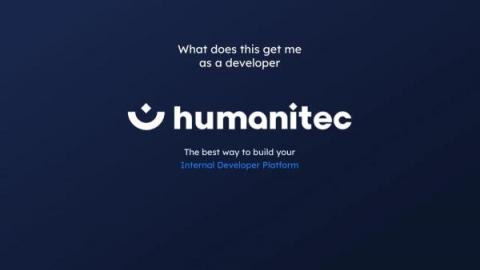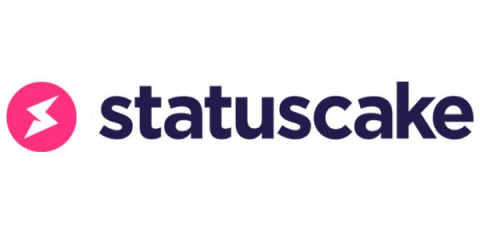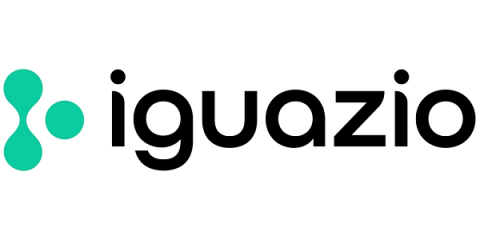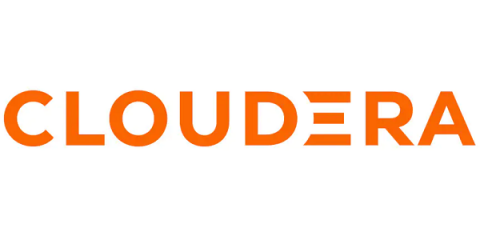Systems | Development | Analytics | API | Testing
Latest Posts
How Can Small Business Owners Leverage Location-Based Marketing? 10 Tips and Examples
How to Fix Unsupported major.minor Version 52.0 Error in Java
The unsupported major.minor version error is thrown in Java when a class is compiled using a higher version of the Java Development Kit (JDK) but executed on a lower version of the Java Runtime Environment (JRE). The exact cause is printed on the version e.g. in the case of major.minor version 52.0, the class is compiled using JDK 8 since major version 52 corresponds to Java SE 8. This error can usually be fixed by running the application on the same (or higher) JRE version as the JDK.
Golang Testing Frameworks for Every Type of Test
While Go provides a testing package and a go test command, the former only offers basic testing capabilities. The package also has some drawbacks, such as missing assertions and increasing repetition with large-scale tests. As a result, several Go testing frameworks have been created to augment it. Go testing frameworks consist of tools and resources for creating and designing tests. Some of these frameworks incorporate the testing package and go test command, while others take a different approach.
Mobile app security made easy with AppSweep's Verified Step
Bringing you closer to DevSecOps, the brand new 'Scan with AppSweep' Step on Bitrise makes your apps more secure with continuous security assurance.
What is WebTransport and can it replace WebSockets?
WebTransport is a new specification offering an alternative to WebSockets. For applications that need low-latency, event-driven communication between endpoints, WebSockets has been the go-to choice, but WebTransport may change that. WebSockets is a technology that enables bidirectional, full-duplex communication between client and server over a persistent, single-socket connection. This allows for low-latency, realtime updates, and the creation of richer communication and gaming applications.
DORA metrics with the Humanitec IDP
We are happy to announce our latest addition of out-of-the-box analytics support for software lifecycle DevOps tools: Welcome to the Humanitec Insights connector! Humanitec is the Internal Developer Platform (IDP) that does the heavy lifting of Role-based access control (RBAC), Infrastructure Orchestration, Configuration Management and more. Humanitec’s API platform enables everyone to self-serve infrastructure and operate apps independently.
A developer's guide: The differences between SQL and NoSQL
Choosing the right method to store your data can be a critical decision early in the development process. When deciding on which type of database to choose for your project it really comes down to the data structure you wish to use rather than the specific product or provider. In this blog post, we are going to look at relational and non-relational databases and explore the differences and use cases for both.
Automating MLOps for Deep Learning: How to Operationalize DL With Minimal Effort
Operationalizing AI pipelines is notoriously complex. For deep learning applications, the challenge is even greater, due to the complexities of the types of data involved. Without a holistic view of the pipeline, operationalization can take months, and will require many data science and engineering resources. In this blog post, I'll show you how to move deep learning pipelines from the research environment to production, with minimal effort and without a single line of code.
Introducing Apache Iceberg in Cloudera Data Platform
Over the past decade, the successful deployment of large scale data platforms at our customers has acted as a big data flywheel driving demand to bring in even more data, apply more sophisticated analytics, and on-board many new data practitioners from business analysts to data scientists. This unprecedented level of big data workloads hasn’t come without its fair share of challenges.


